Perrotin Paris presents Not Quite Tomorrow, GaHee Park’s second solo exhibition with the gallery in Paris and her sixth overall collaboration with Perrotin. On view through May 24, the exhibition features a new series of paintings that merge intimate still life scenes with surreal distortions, exploring themes of ambivalence, doubling, and the fluidity of perception.
Time stutters in GaHee Park’s world. That’s the first thing I felt. Not the kind of stuttering that interrupts a flow, but one that folds it—makes a day stretch into itself, like a dream you’re still partly inside after waking up. The scenes she paints are familiar. A woman. A chair. A window. A fish. But there’s something off-kilter in the arrangement. Not wrong, just… too right. Like a memory rehearsed too many times. In Not Quite Tomorrow, Park continues her quiet, razor-sharp dissection of the everyday. She paints what could be called still lifes, or domestic tableaus, or erotic fantasies, but none of those terms sit quite comfortably. Everything here teeters. A figure with two mouths. A body with an extra eye. Objects reflect, repeat, glance back.
You think you understand a scene, but then it looks at you sideways and you’re not so sure anymore. There’s a doubling, but not duplication—more like a subtle rupture. The difference between an echo and a voice. These doubles are not illusions but sincere tensions. Think of a woman’s face that looks both serene and unsettled, depending on where you land. Or what about an organ that might be internal or ornamental? Park doesn’t offer clarity, that is beyond doubt. She stretches the moment right before understanding and holds us there—tenderly yet uncomfortably. Park’s surrealism does not use the obvious and historical strategies of the surreal of absurd encounters and objects melting or floating. In a sense, her world is too grounded for that. The surreal creeps in precisely because the world remains intact.
Ambivalence sits at the center of her work. Not confusion, but true ambivalence—the kind Freud wrote about, the kind that lets opposites breathe in the same body. Love that carries hate. Stillness that thrums with panic. Park’s paintings don’t resolve these contradictions. They honor them. The body, in her hands, becomes a site of negotiation—between pleasure and estrangement, desire and detachment. It is a sexed body, yes, but not for display. It desires, it remembers, it distorts. You get the feeling that even Park herself doesn’t fully control it. Everything is choreographed just enough to feel off balance. These are paintings that lean into the tangle. Into the simultaneity of longing and repulsion. Of tenderness and performance. In the soft violence of doubling, Park carves out a space that feels neither like yesterday nor tomorrow. Something in-between. Something like now—but stranger; not quite tomorrow, not quite today.
For more information, please consult the gallery’s website here.
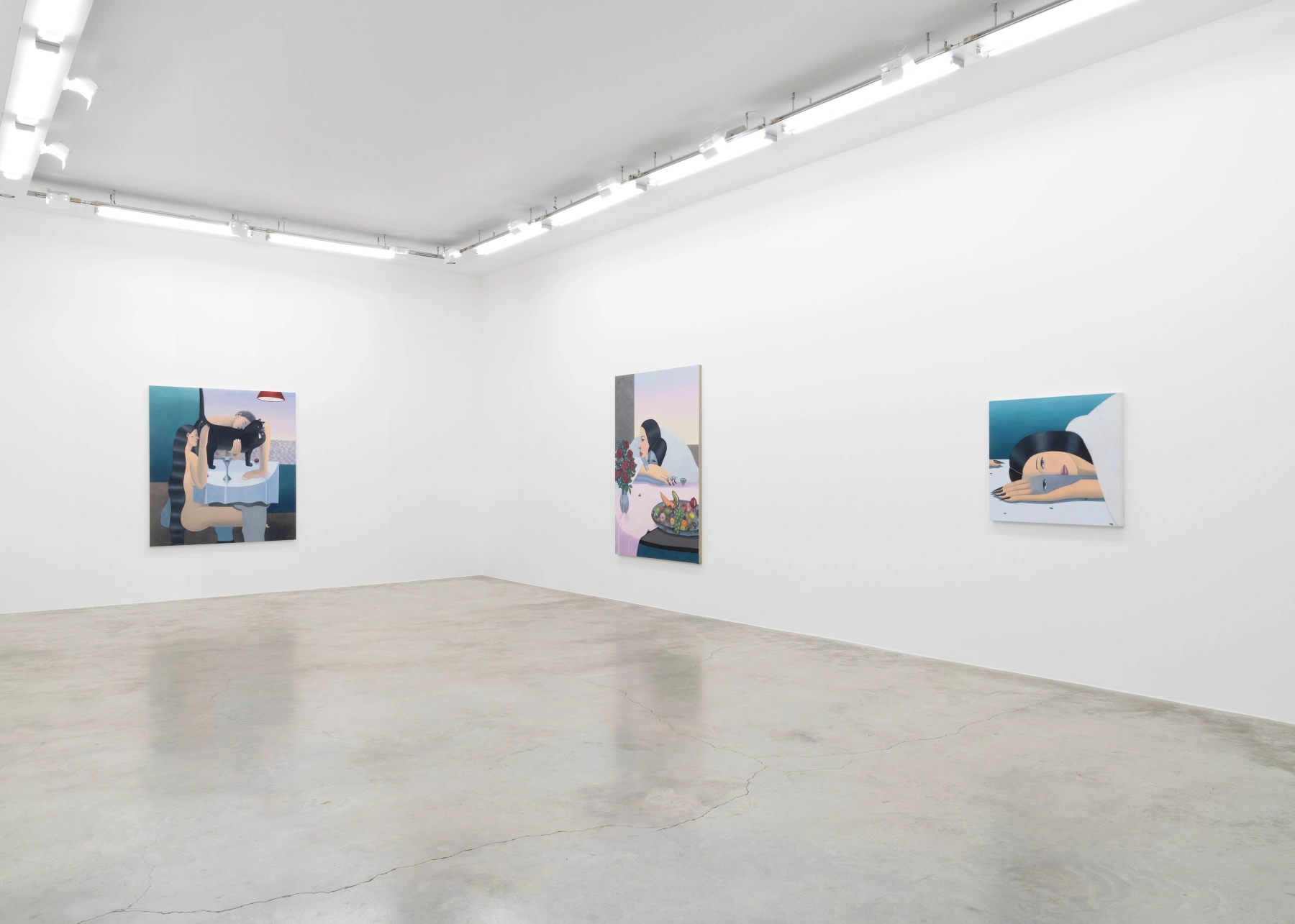
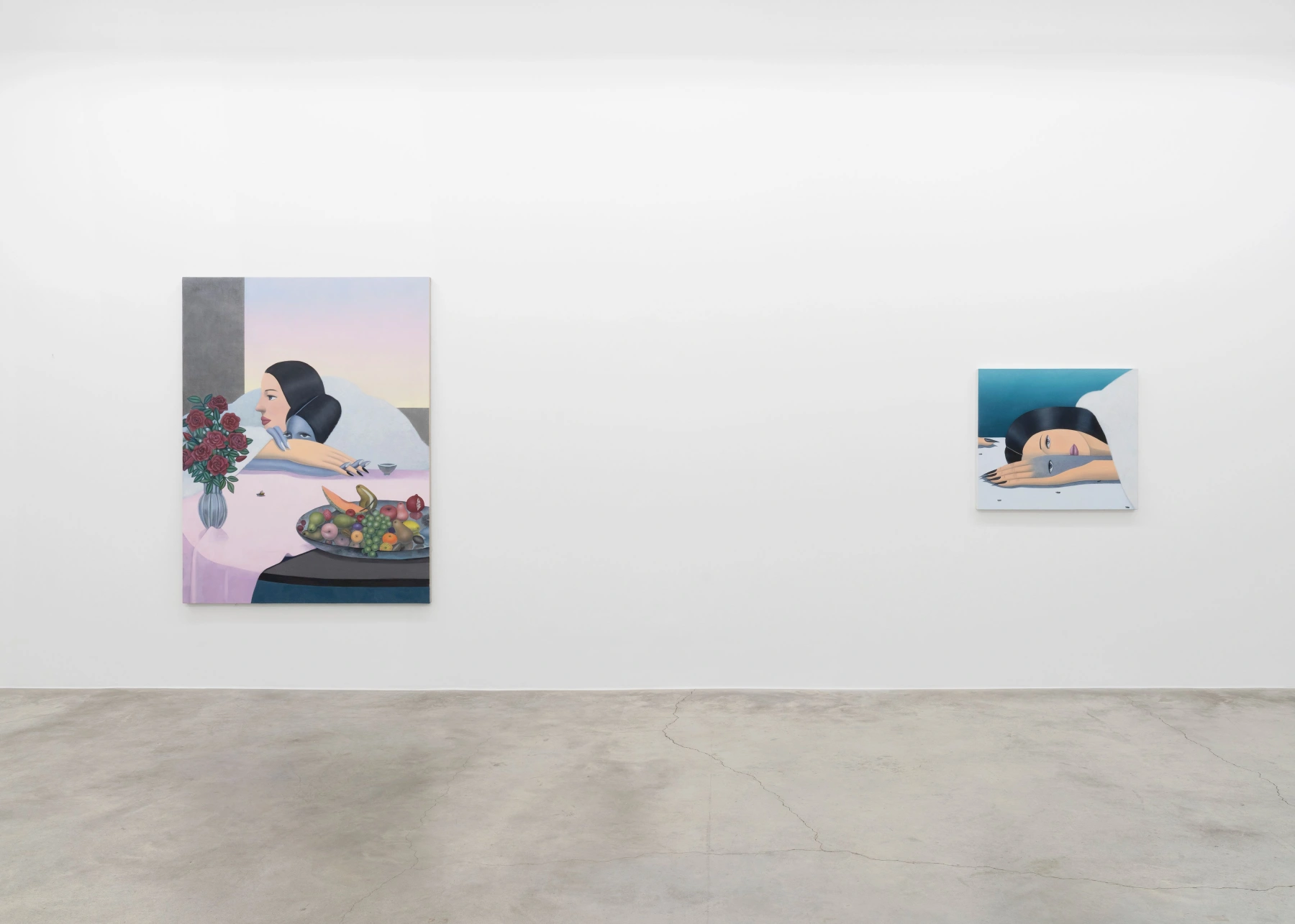
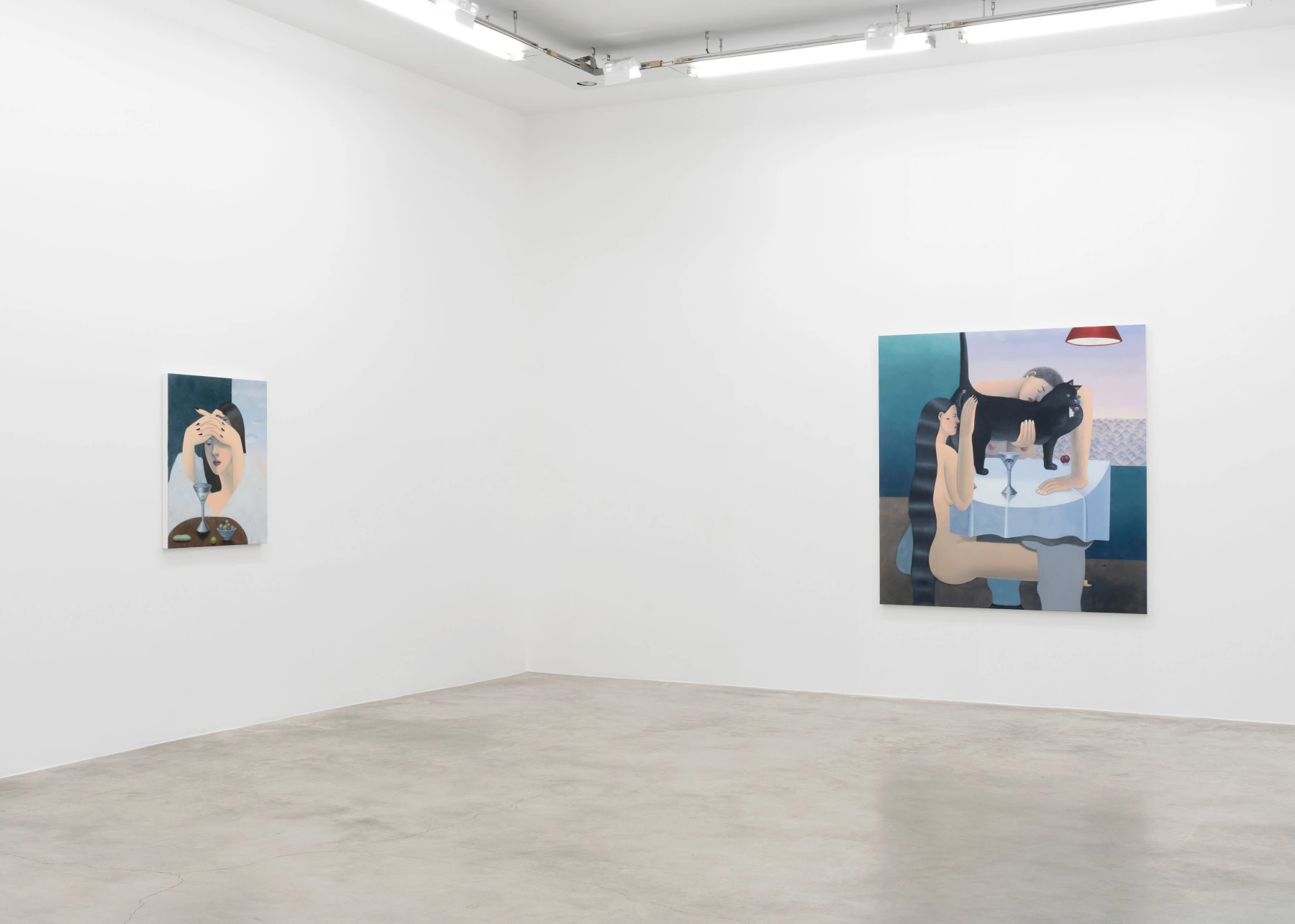
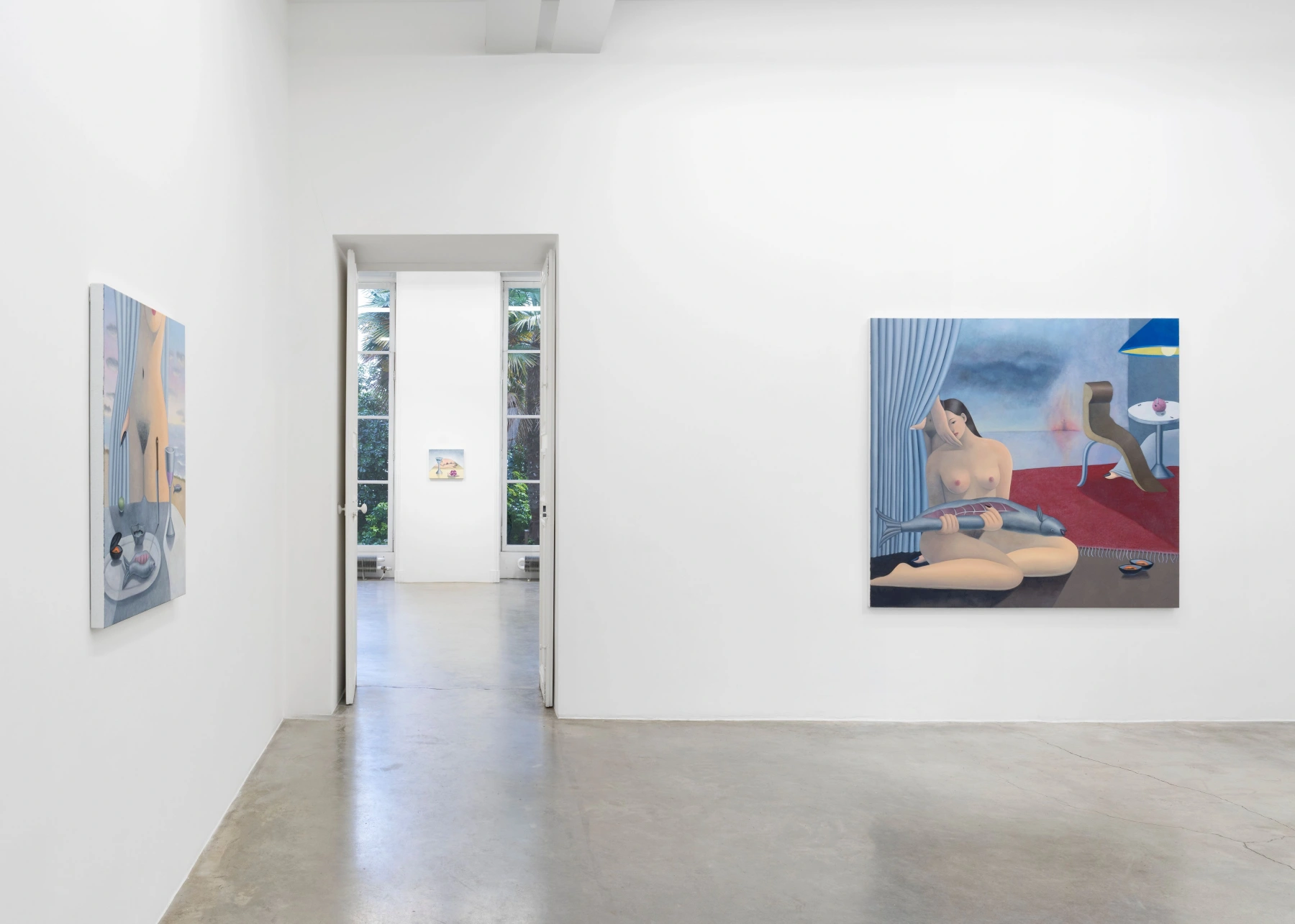
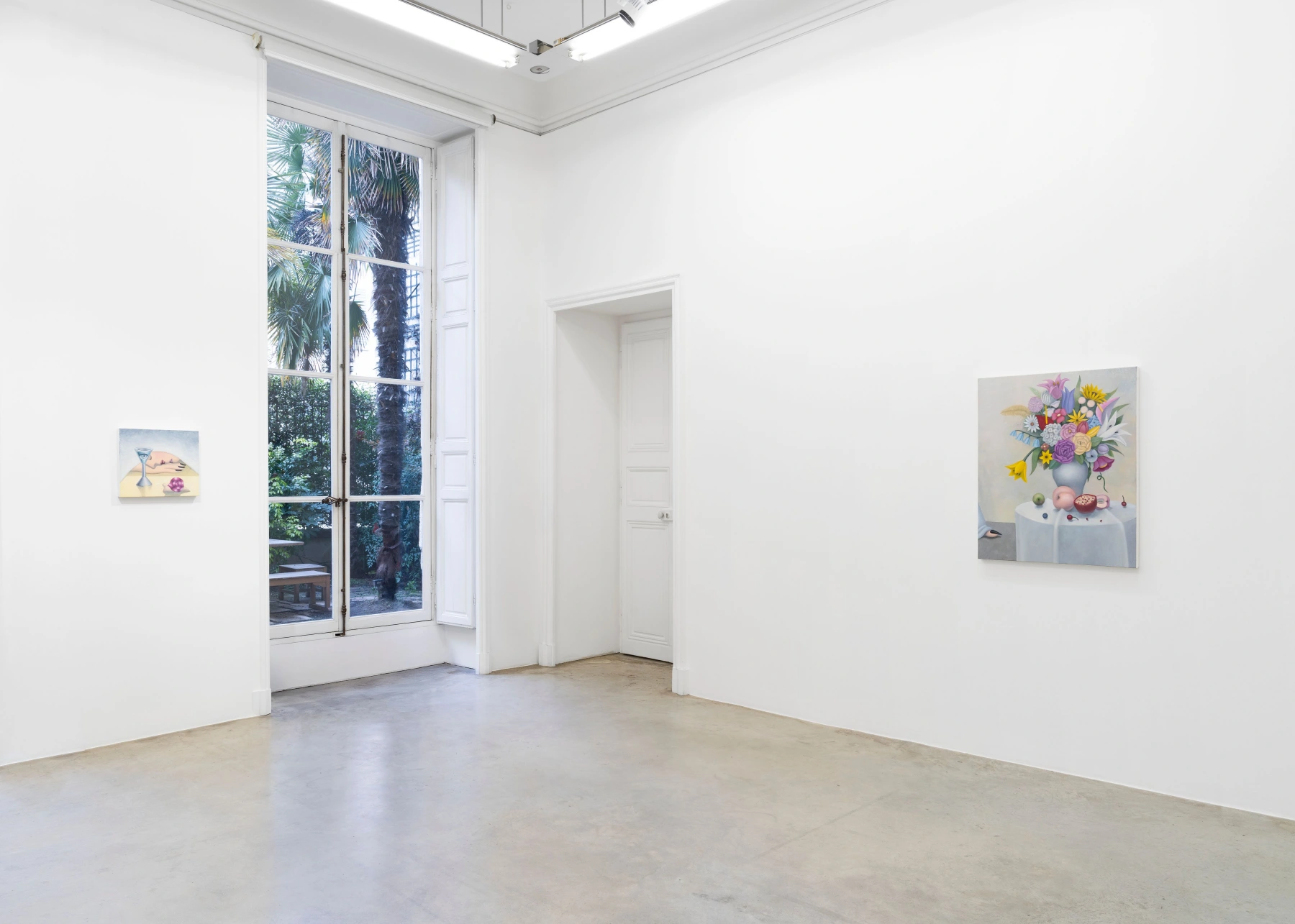
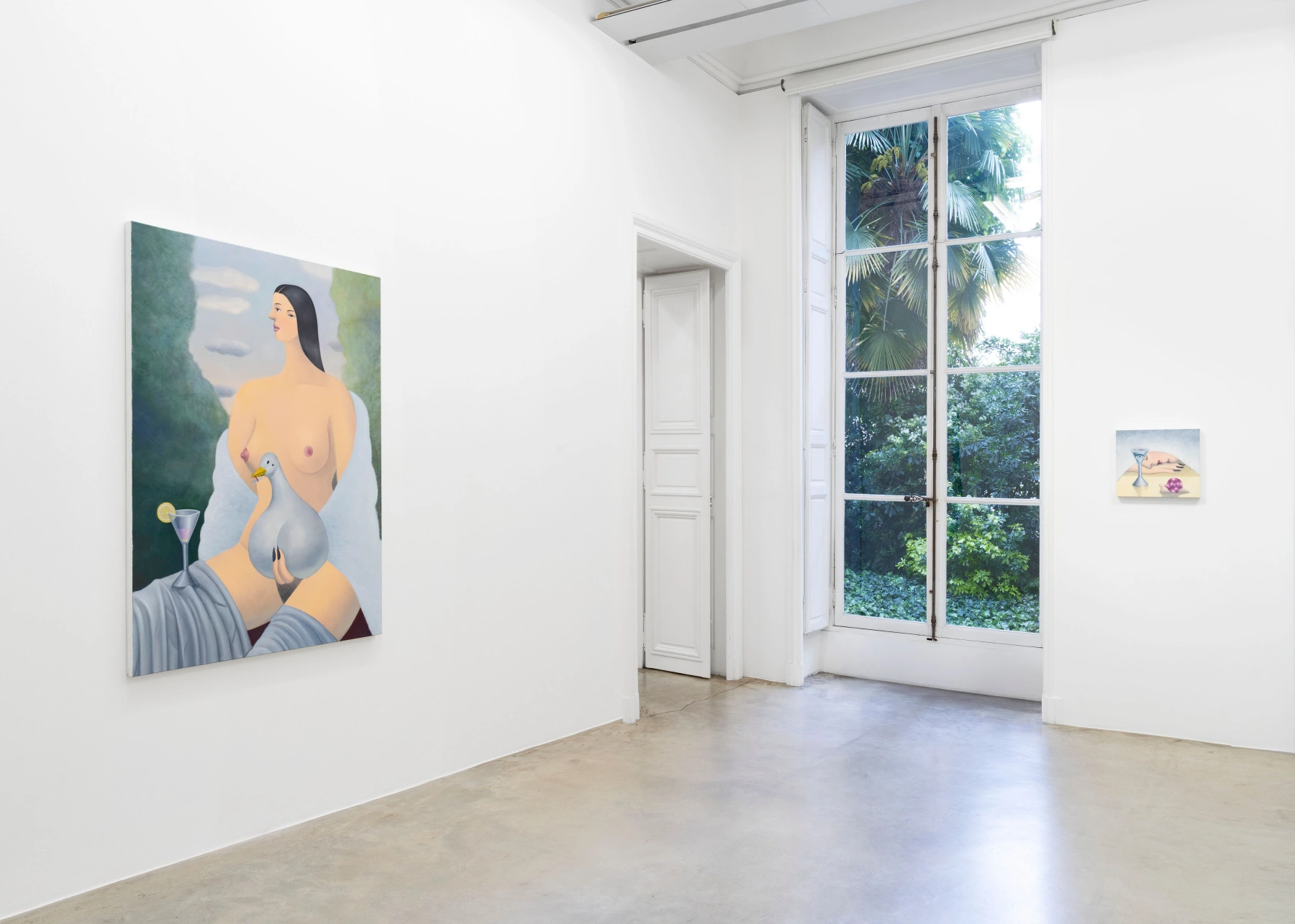

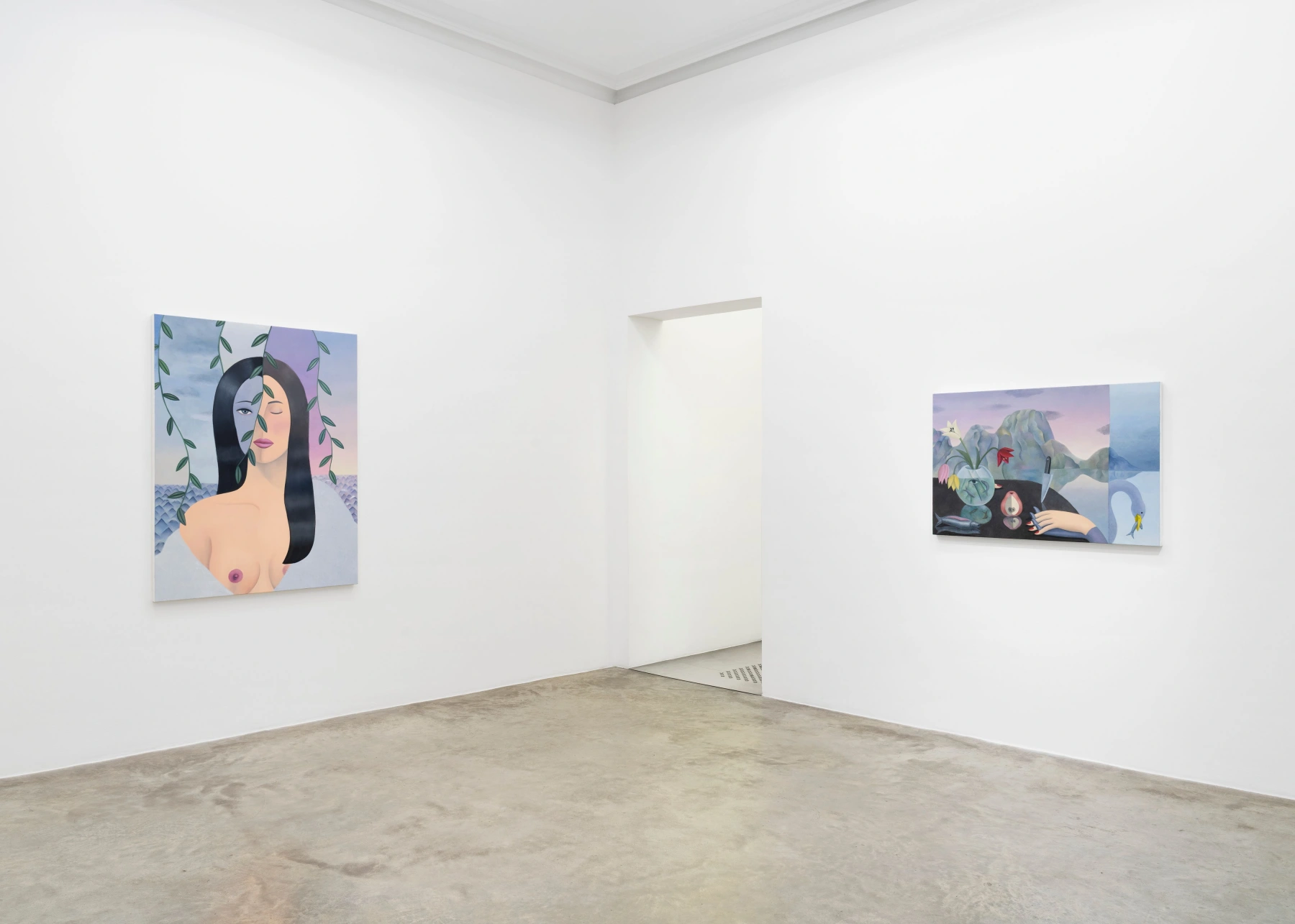

Last Updated on May 14, 2025
- Published on


